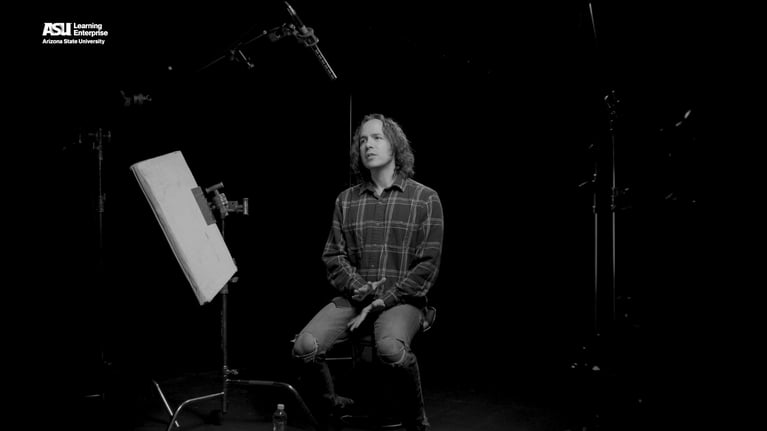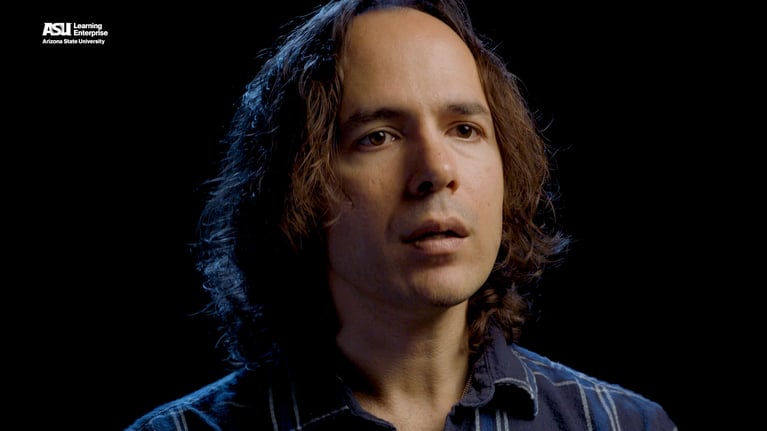Music geniuses like Mozart and Beethoven may have experienced music more intuitively and viscerally than most. What if we could make music learning more innate and spontaneous? This could be achieved by integrating technology into music education, allowing for manipulation of resistance and adding real-time signal processing. By reflecting on how students engage with music outside of school, such as remixing, covering, creating mash-ups, and producing samples, we can integrate these practices into formal learning situations. This could make music instruction more accessible and appealing to a wider range of students. Devising a new set of rules, free from traditional musical training, could open up the world of musicianship and potentially discover the next Mozart.
I keep coming back to this double aspect of technology: you can make everything with the computer now, so you can’t make anything, because you’ve lost the constraints. You need some resistance; you need something to push back against to enliven your creativity and interest.
On the other hand, maybe sometimes the instrument pushes back too much. So what if we could change that a little bit with some technology? Maybe we’re dealing with the difficulty of a particular instrument, or it’s a political thing, like the rigidity of the social institutions and the pedagogy. Like, does anybody really think that “Mississippi Hotdog” is the best way to get kids motivated about playing the violin today? That seems pretty out-of-touch to me.
Music programs today can evolve by reflecting on the ways students engage with music when they’re outside of school. Remixing, covering, creating mash-ups, tutorials, sample-based producing—it could be really powerful and motivating to integrate these practices into more formal learning situations and see what happens.
The violin is a hard instrument to get started with, and that can be really frustrating for a young person. If we could manipulate the violin’s resistance in a subtle way, to give it a little magic by adding some real-time signal processing that transforms basic gestures into amazing sounds, we might get more kids to stick with it, and to flex a lot of different muscles in doing so—creative, scientific, ethical. Even activities in a laboratory have a dramatic aspect that can and should be appreciated aesthetically, as the American pragmatist John Dewey suggested. What would a chemistry set for the violin look like? Something like that could spark your imagination and hopefully lead some young people to chart new paths and ways that an instrument can be used. This is the situation that Attali was envisioning.
It’s fun to imagine what Mozart must have heard when he played the violin. Or most famously, what do we imagine Beethoven perceiving when he wrote his late string quartets and was completely deaf? Music technology can spark the imagination by suggesting that I could make this kind of music with this instrument, or I could connect it with this or that, or fuse together these genres or those approaches. It gives us new ways to improvise and collaborate.


